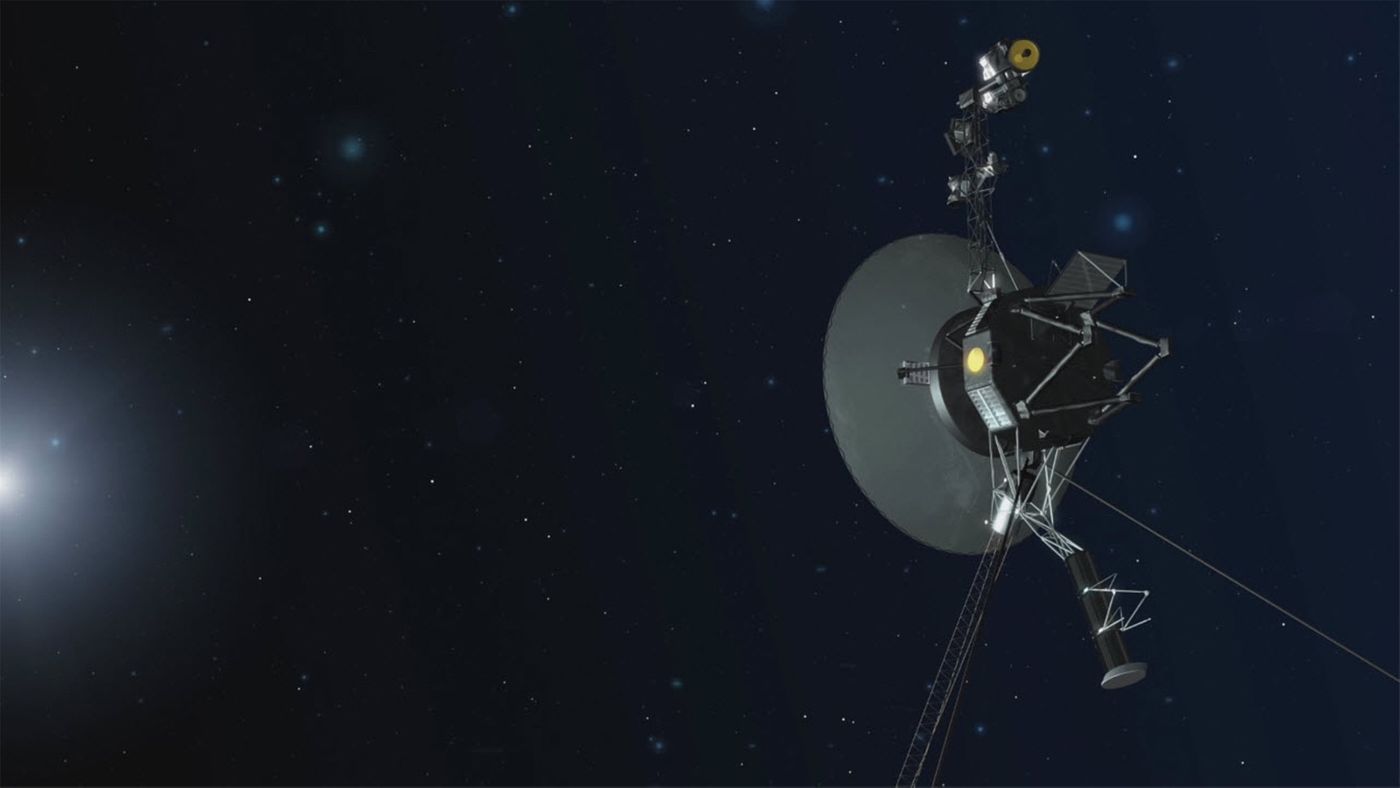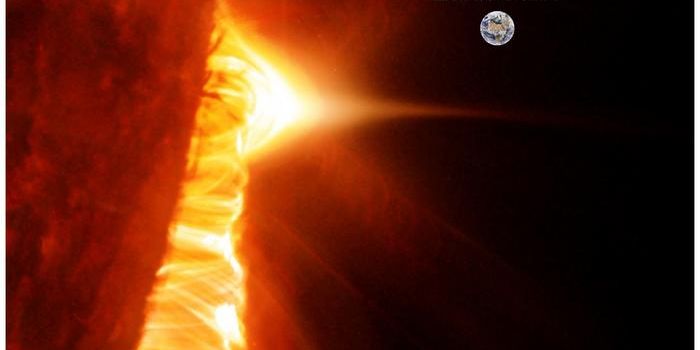NASA Fires Voyager 1's Thrusters for the First Time in 37 Years
NASA’s Voyager 1 spacecraft received rare commands from NASA last week after the United States-based space agency opted to fire its backup thrusters for the first time in more than 37 years.
Image Credit: NASA/JPL-Caltech
Voyager 1 is the farthest spacecraft in existence, residing some 13 billion miles away from Earth. Citing NASA, Voyager 1 is so distant that it isn't even inside our solar system anymore; it's in interstellar space, just beyond the boundaries of our solar system.
Although NASA routinely fires thrusters onboard various nearby spacecraft to adjust their trajectory and ensure they arrive at their destination in one piece, Voyager 1 has no particular target in mind. That said, you might be wondering why NASA felt the need to adjust it.
An official statement provides insight, highlighting that while Voyager 1 didn’t need a trajectory change, it did require an orientation adjustment. ‘Turning’ the probe tweaks how Voyager 1 faces the Earth, therefore improving the communication line.
Related: NASA sends a message to the Voyager 1 spacecraft to celebrate its 40th anniversary
Engineers used the Deep Space Network communication system to send the commands into space, and it took more than 19 hours and 35 minutes for Voyager 1 to receive and respond to them.
From the very beginning, NASA wasn’t even sure if Voyager 1’s thrusters would respond to the commands after more than 37 years of dormancy. The team purportedly spent oodles of time preparing for the event to ensure that everything would go according to plan.
"The Voyager flight team dug up decades-old data and examined the software that was coded in an outdated assembler language, to make sure we could safely test the thrusters," said Chris Jones, the chief engineer at JPL.
Related: This is what interstellar space sounds like, according to the Voyager 1 spacecraft
Immediately after sending the commands into space, engineers waited another 19 hours and 35 minutes to receive Voyager 1’s follow-up data. The results indicated a successful firing attempt, noting how the thrusters executed short, 10-millisecond pulses.
Engineers involved with the project postulate that these minor adjustments will extend the Voyager 1 mission’s operating life by anywhere from 2-3 years. That said, NASA can expect to collect even more data from the aging probe than initially thought.
Because the operation went so smoothly, NASA intends to try a similar thruster maneuver with Voyager 1’s twin: Voyager 2. Although Voyager 2 hasn't entered interstellar space just yet like Voyager 1 has, these adjustments should help prepare the probe for everything to come.
It ought to be interesting to see whether Voyager 2 cooperates as well as Voyager 1 did. With a little luck, it should.
Source: NASA









